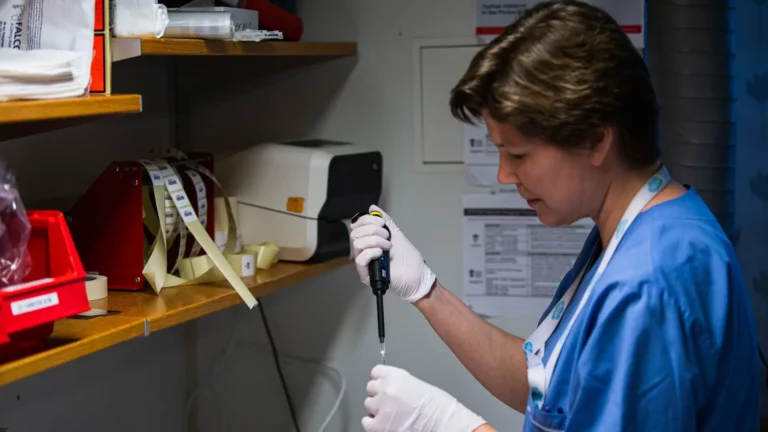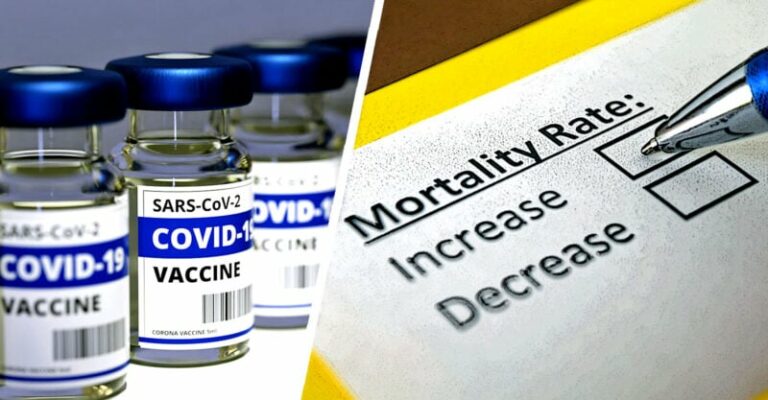Pediatricians Must Advocate For Stricter Wireless Regulations to Protect Kids From Radiation, Scientists Say
The medical community has a critical role to play in preventing harm from wireless radiation by educating parents and advocating for stricter regulatory action, according to top environmental scientists who published a review of the latest science on pediatric health and electromagnetic fields (EMF) and radiofrequency (RF) radiation.
The authors — “distinguished experts in medicine, epidemiology, toxicology, physics, biochemical engineering and public health who collectively have published more than 1,000 papers” — concluded that children are “uniquely vulnerable” to the RF radiation emitted by wireless devices, such as tablets, smartphones and virtual reality.
“Current government safety limits are outdated and do not reflect the latest science nor the way children use wireless technology today,” said Linda Birnbaum, Ph.D, co-author of the review and former director of the National Toxicology Program and National Institute for Environmental Health Sciences.
Devra Davis, Ph.D., M.P.H., founder and president of the Environmental Health Trust and lead author, said, “The science indicates that wireless radiation acts like a classic endocrine disruptor” and can impair memory, behavior, fertility and brain development, as well as lead to cancer and neurological illness.
In their review, Davis and her co-authors referenced more than 200 studies that associate wireless EMF/RF radiation with negative biological effects including oxidative stress and DNA damage, cardiomyopathy, carcinogenicity, sperm damage, memory damage and neurological effects.
Children at heightened risk of wireless radiation
Children’s unique physiology, including smaller heads and more fluid in their brains, results in proportionately greater absorption of RF radiation than adults, the authors of the review said.
For instance, children can absorb up to 30 times more the amount of RF radiation in their hippocampus and 10 times more in the bone marrow of their skull.
The authors included a figure showing the radiation pattern simulated from a Wi-Fi tablet into the head of a 6-year-old:

Children’s brain and body tissues have a higher “dielectric constant” — a measurement of the ease with which electromagnetic fields can move through different media, they said.
Research has repeatedly linked RF radiation with lower memory performance in adolescents.
The authors also pointed out that in two studies involving more than 40,000 children, researchers found kids exposed to cellphones prenatally reported having more behavioral difficulties, such as emotional and hyperactivity problems, when they reached school age.
Human studies on in-utero exposure to EMF/RF radiation found an increased risk of miscarriage for the mother and negative health effects for the child, including obesity, asthma and ADHD (or attention-deficit/hyperactivity disorder), they said.
Read the full article on The Defender
Suggest a correction







